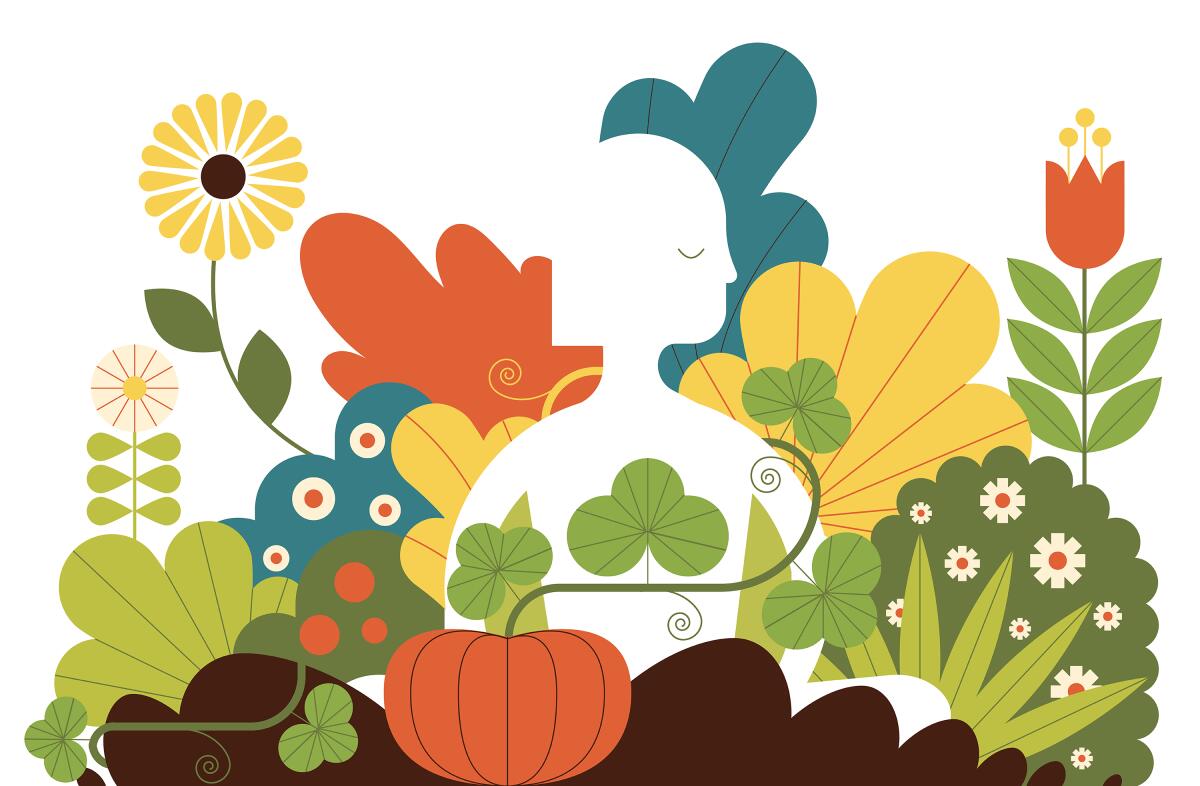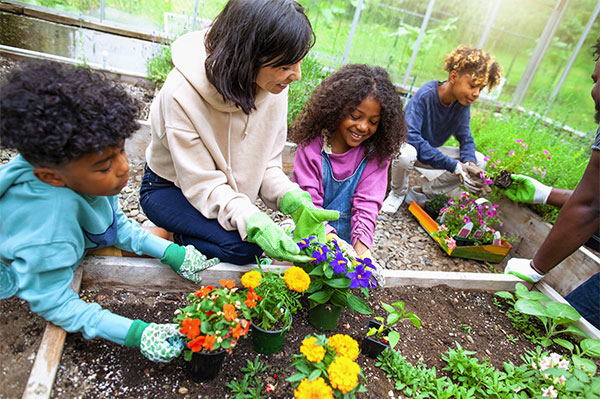Gardening Tips for Attracting Pollinators and Enhancing Biodiversity
Gardening Tips for Attracting Pollinators and Enhancing Biodiversity
Blog Article
Specialist Gardening Tips for Creating a Sustainable and Eco-Friendly Yard
Starting the journey to create a lasting and environmentally friendly yard includes a series of deliberate choices and techniques that not only enhance the elegance of your room however also add favorably to the atmosphere. By selecting indigenous plants that are appropriate to your region, you can lower reliance on chemical fertilizers and chemicals while offering important support to neighborhood wildlife. In addition, integrating water conservation strategies and organic gardening techniques plays a vital role in keeping a healthy and balanced ecological community. To discover even more useful strategies and skilled insights, allow us explore the crucial elements that define an eco conscious yard.
Select Indigenous Plants
Selecting indigenous plants for your garden is a basic action toward achieving sustainability. Additionally, native plants typically need less water as soon as developed, adding to much more efficient water use.
Past their functional benefits, indigenous plants play an essential function in sustaining local biodiversity. They supply essential habitat and food resources for indigenous wildlife, including pollinators such as butterflies, birds, and . This promotes a balanced community, which is important for the health of your yard and the surrounding atmosphere.

Implement Water Preservation
Applying water conservation techniques is important for preserving a sustainable garden. Effective water use not just reduces the ecological effect however likewise makes certain that plants obtain adequate hydration without wastefulness.
On top of that, mulching is a valuable practice for conserving water. By applying a layer of natural compost, such as timber chips or straw, around the base of plants, garden enthusiasts can decrease dirt dissipation and preserve constant wetness levels. Mulch also helps manage soil temperature level and suppresses weed growth, additional adding to plant health and wellness.
Rainwater harvesting is one more sustainable strategy. Installing rainfall barrels or other collection systems enables garden enthusiasts to catch and keep rain, which can later on be utilized during completely dry durations. This not just saves community water but additionally gives a natural, chemical-free source for watering.
Finally, selecting drought-tolerant plant species can significantly lower water needs. These plants are adjusted to flourish in low-water conditions, making them ideal for eco-friendly yards. gardening tips. Executing these water conservation approaches will cultivate a durable, sustainable yard
Use Organic Horticulture Techniques

Pest monitoring in a natural yard depends on integrated bug administration (IPM) approaches. These consist of motivating beneficial insects, using natural predators like ladybugs and lacewings, and carrying out plant turning to interfere with pest life process. Friend growing, where specific plants are expanded with each other to push back parasites or bring in valuable pests, is an additional reliable strategy.
Weed control is handled with mulching and hands-on removal, rather than counting on herbicides. Compost not just subdues weeds yet additionally preserves moisture and enhances soil health and wellness as it damages down. Organic composts, such as straw, timber chips, and leaves, are specifically advantageous.
Create Wildlife Environments
Creating wild animals environments within your yard not only improves biodiversity yet additionally supports the ecological community's balance. Beginning by including indigenous plants, as these are fit to your neighborhood environment and provide important food and sanctuary for wild animals.
Take into consideration including a water feature, such as a pond or birdbath, to give a consistent water resource. Water aspects bring in a selection of varieties, from amphibians to pollinators, boosting the yard's vigor. In addition, mounting birdhouses, bat boxes, and insect resorts supplies risk-free nesting websites and encourages biodiversity.
Leave some locations of your yard undisturbed, enabling fallen leave litter and fallen branches to gather. These natural debris heaps create habitats for pests and tiny creatures, cultivating a balanced ecological community. Avoid utilizing chemical pesticides and herbicides, as they can damage helpful wild animals and interrupt food web. By prioritizing these sustainable methods, your yard can come to be a sanctuary for regional wild animals, promoting ecological health and wellness and sustainability.
Practice Composting and Mulching
An essential element of sustainable gardening, composting and mulching, substantially boosts dirt wellness and reduces waste. Composting involves reusing natural products such as kitchen area scraps, yard trimmings, and leaves. These products decay to create nutrient-rich garden compost, which functions as an all-natural plant food. Unlike synthetic fertilizers, compost enriches the dirt with advantageous microorganisms and essential nutrients, fostering a much healthier yard environment.
Mulching, on the various site link other hand, includes covering the soil surface area with not natural or organic materials, such as straw, timber chips, or shredded leaves. This technique provides a number of benefits: it saves soil moisture, subdues weed development, and moderates soil temperature level. Mulch additionally slowly breaks down, including organic matter to the dirt and further boosting its fertility.
To practice efficient composting, guarantee your compost stack has an equilibrium of green products (abundant in nitrogen) and brownish materials (rich in carbon), preserving adequate aeration and wetness. gardening tips. Regularly turning the stack increases decomposition. For mulching, apply dig this a 2-3 inch layer around plants, ensuring it does not straight speak to stems or trunks to stop rot
Conclusion

Picking indigenous plants for your yard is a fundamental action toward achieving sustainability.In addition, integrating native plants can boost the aesthetic allure of your garden. These plants are adjusted to prosper in low-water conditions, making them excellent for environment-friendly gardens. Applying these water conservation approaches will cultivate a durable, lasting garden.
In verdict, establishing a sustainable and environment-friendly yard includes the critical choice of indigenous plants, the adoption of water preservation strategies, and the application of natural gardening techniques.
Report this page